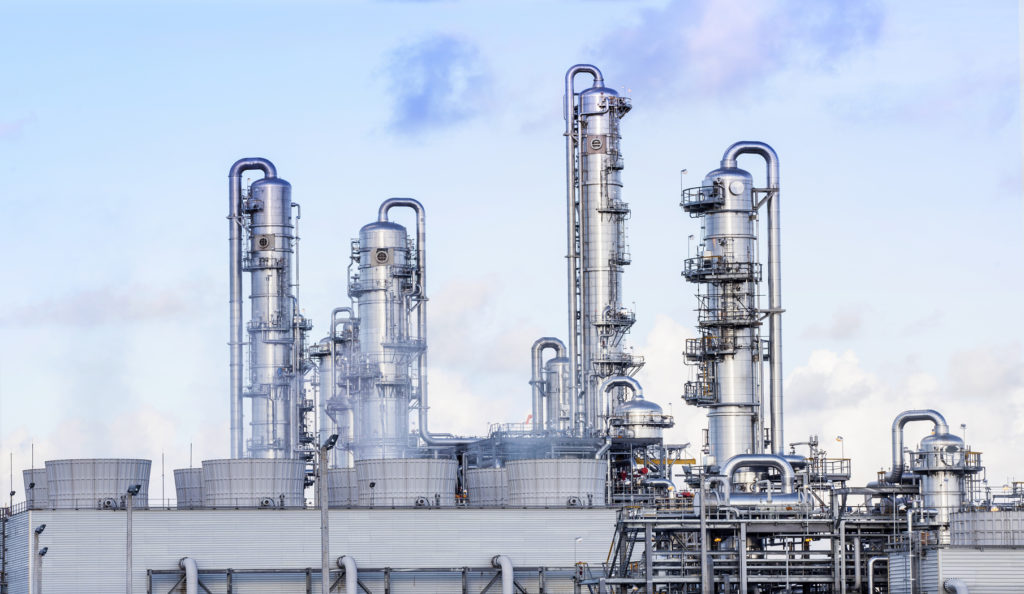4 Phases of Plant Shutdowns

Estimated reading time: 4 minutes

Plant shutdown and start-up is an important aspect of plant maintenance that helps improve the life expectancy of assets. Effective planning and execution of shutdowns and turnarounds is essential to maintain inventory levels and reduce loss of revenue for the oil and gas industry, particularly if improper maintenance leads to an unplanned shutdown. Shutdowns are costly because they are labour and material-intensive. Hence, it is key that shutdowns are carried out quickly and effectively to minimize downtime and any negative business impacts.
A detailed turnaround process requires a well-defined work process that helps in the better management of employees, reduced downtime and increased chances of a successful plant turnaround and start-up. A successful turnaround that is carried out within budget and timeline will make a huge contribution to the plant’s efficiency and safety, setting the plant up for even bigger success in the future. A well-defined work process clearly describes the timeline, scope, resources and stages of a successful plant shutdown and turnaround.
A shutdown system is divided into 4 operational phases:
- Step 1: Structuring
- Step 2: Preparation
- Step 3: Execution
- Step 4: Shutdown Analysis and Evaluation
Step 1: Structuring
This phase outlines the project objectives, in terms of time and cost. The aims of a plant shutdown are to repair problems identified during previous major shutdowns and to inspect parts of the plant not accessible during operation in order to identify problems that will be repaired during future planned shutdowns.
A proper shutdown procedure involves clear strategic objectives that are shared with the team, to best execute the processes while minimising costs. Resources ought to be planned with to optimise workloads distribution, in order to be able to reduce the shutdown duration and minimise disruption.
Step 2: Preparation
The preparation phase is where the main activities of the shutdown are completed, including works list definition, planning and procurement of materials or performance, GANTT representation, of all planned activities and the breakdown of the shutdown activities to be done.
The aim of the plant turnaround is to ensure the integrity, operability and reliability of the plants during the next operating cycle performing all and only those activities which are unable to be carried out in normal operating conditions or which is not economical to operate from the point of view of cost.
Step 3: Execution
The execution phase mainly involves the monitoring of costs and activities. Monitoring both the costs and activities are crucial to the success of shutdown activities and using a GANTT chart is useful to track the progress of the activities. In this phase as well, a daily shutdown meeting is conducted to review the issues faced, particular to safety, any deviations from the planned works as well as any difficulties faced.
Step 4: Shutdown Analysis and Evaluation
A successful shutdown must achieve the following; system restoration where all activities can now be performed in optimal conditions and the collection of all technical and economical data for the correct analysis and evaluation of the work done during the shutdown. Throughout the shutdown phase, the activities are measured against the key performance indicators (KPI) first mentioned in the structuring phase. This aids in the performance analysis done during the post-shutdown phase.
Examples of KPI taken for planning and execution phases:
Planning activities
- Supply critical materials
- RDA (%) = No. RDA issued / n. Total RDA;
- Orders (%) 0 n. Orders issued / n. Total orders;
- Check Materials (%) = n. materials arrived / n. ordered materials
- Activities List
- Delay in freezing (final list issue) shutdown activities = n. late vs expected days;
- Additional works (%) = n. activities post freezing / n. frozen activities;
- Ultimate (%) = (delta Estimates) / Estimate +/- 30%
Running activities
- Work Progress (%) = % Current activities / % Scheduled activities;
- Program Effective Duration (days) = Delta days;
- Additional works (%) = New works/ planned works;
- Cost of additional works (%) = additional costs / planned costs jobs
- Turnaround Cost (%) = Cost final balance / fee quote.
 |
Advanced Shutdown Turnaround and Start-Up is a 3-day training course held from 25-27 March 2020 (Kuala Lumpur), designed to improve your company’s approach to planning and scheduling through the provision of a framework for effective turnaround execution. The course provides a comprehensive knowledge base for turnarounds, demonstrates the latest planning techniques for turnarounds and highlights the operational check out and start-up requirements. The course is led by an expert with over 30 years of experience in the field of turnaround management.
 |
